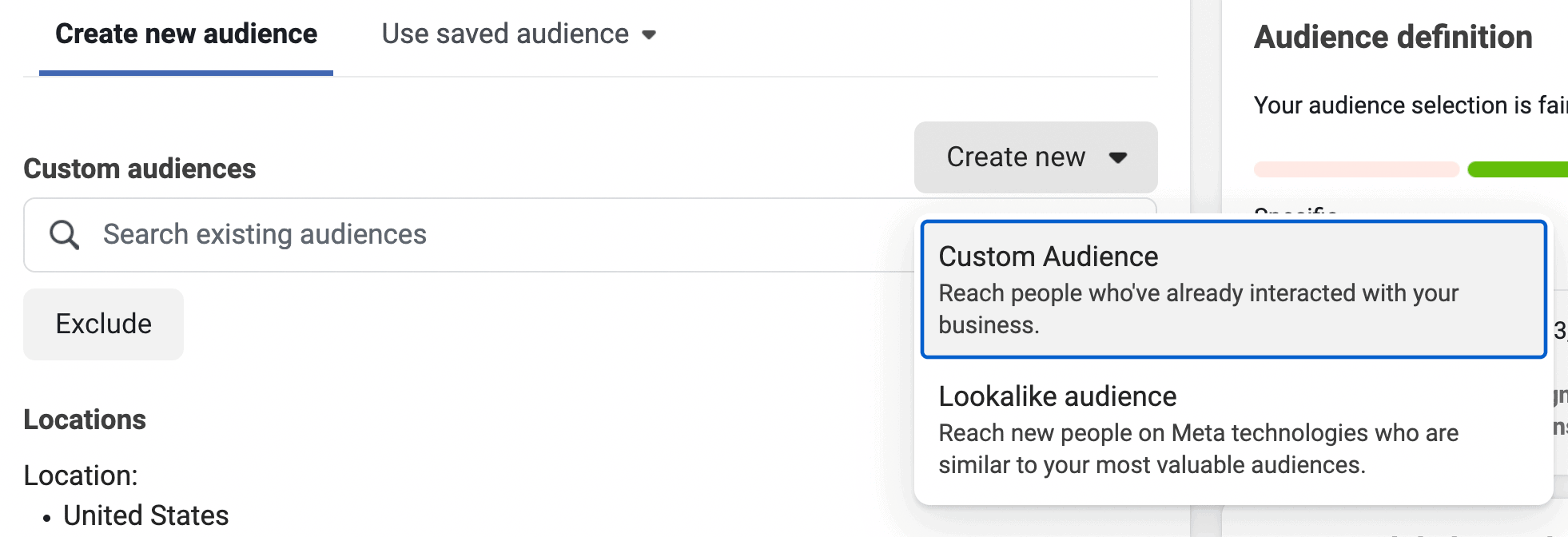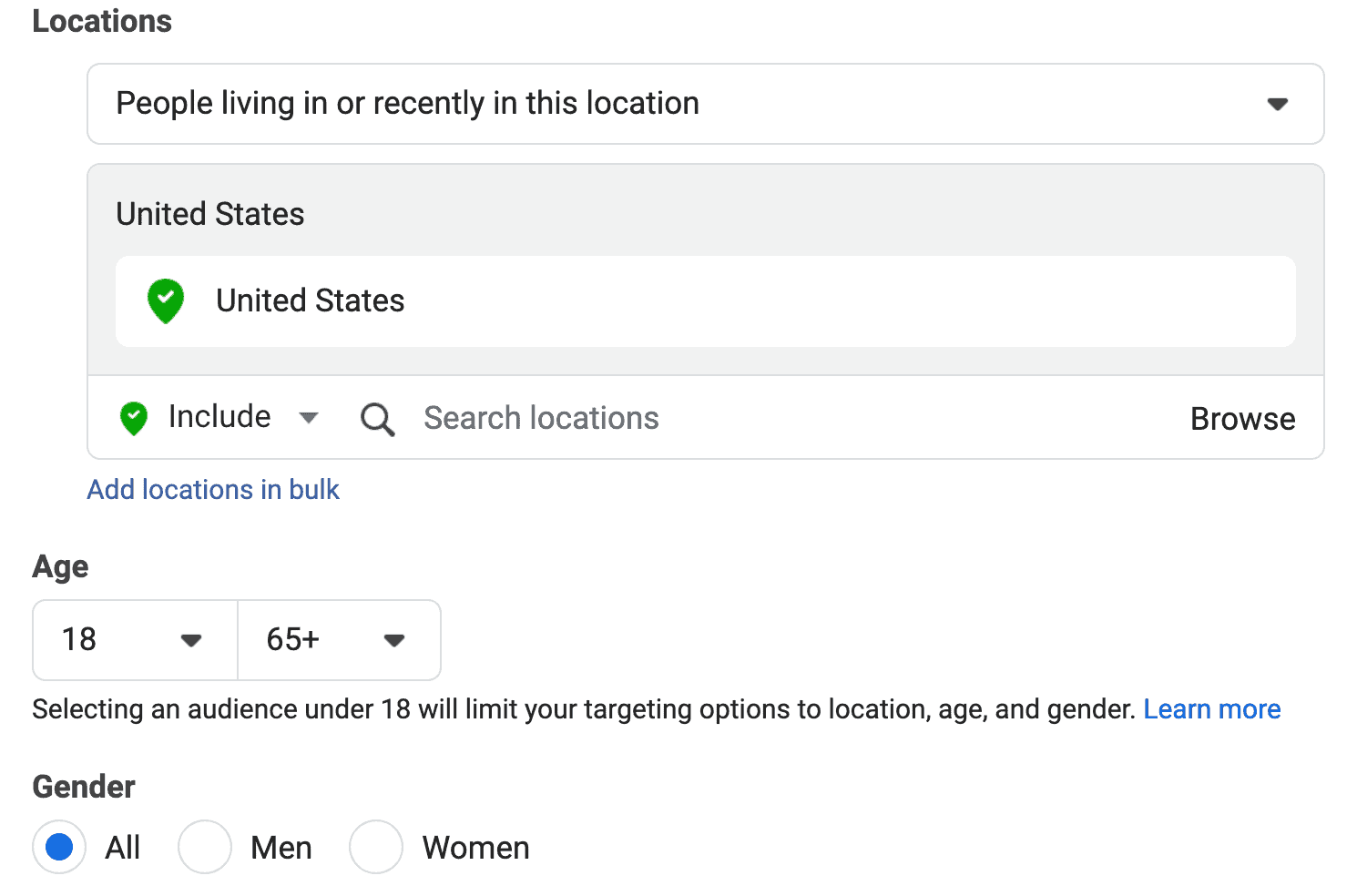Craving greater customer acquisition through your Facebook campaigns? Searching for a proven framework for scaling your Facebook ads? Within this article, unlock a comprehensive three-step strategy to amplify your business outcomes using Facebook ads.
Facebook Ads: The Ultimate Scale Game
By the close of 2022, Facebook amassed a staggering user base of nearly 3 billion active monthly users. This has surpassed one-third of the world’s population. Within this vast audience, Facebook ads command unparalleled visibility.
No competitor in the social media landscape can rival the expansive reach and refined targeting capabilities of Facebook Ads. While platforms like YouTube excel in size and TikTok in vertical video innovation, and Twitter wields political influence, none possess the extensive data and precision targeting prowess of Facebook.
Even if a new platform mirroring Facebook’s ad capabilities and audience size, the blue giant would still reign supreme. With nearly two decades of user profiles, Facebook holds an unrivaled advantage.
Leveraging the Facebook Ads platform empowers you to effortlessly expand and monetize your venture with confidence, reliability, and affordability. It enables you to generate sustainable revenue streams, operate within budgetary constraints, and strategize for future growth. When it comes to scaling your business, Facebook offers an unparalleled pathway.
All this potential boils down to a single, game-changing scaling your Facebook ad campaign.
The One Campaign For Scaling Your Facebook Ads
Listen closely: you don’t need an array of diverse ad campaigns to make a significant impact on Facebook. All you require is one exceptional campaign that becomes the focal point of your time, dedication, and ad spend.
Consider your Facebook Ads strategy as a machine. Which option is more dependable? A straightforward, robust machine that focuses on a single task or a complex, delicate machine juggling ten different responsibilities?
The answer is clear—the simpler machine will always be more reliable. Furthermore, it’s easier to refine and enhance. With machine learning at the core of Facebook Ads, simplicity allows the algorithm to grasp your requirements more efficiently.
Through the One Campaign strategy for scaling Facebook ads, you’ll harness the power of the Facebook Ads algorithm. It will discover your target audience, experiment with new ad placements, optimize your ad budget.
This strategy encompasses just three effortless steps:
- Use broad targeting.
- Create engaging 3-2-2 content.
- Have the scientific method to test your ads.
Now, let’s delve into the intricacies of scaling your Facebook ads and unlocking their full potential!
#1: Use Broad Targeting for Facebook Ad Campaigns
In the past, Facebook ad strategies revolved around finding the perfect audience. Marketers diligently constructed custom audiences, sought out lookalikes, and meticulously compiled lists of interests.
However, times have changed. Now, the most effective strategy is to target the broadest audience possible.
Why Opt for Broad Audiences?
There are three compelling reasons why narrow targeting falls short when it comes to scaling Facebook ads:
- Inaccurate information: Traditional Facebook targeting, relying on lookalike audiences and interest groups, has become less precise due to changes in privacy policies and online tracking. Identifying specific audiences on social media has become more challenging.
- Interests don’t indicate purchase intent: Even when Facebook can categorize individuals into interest groups, these interests do not necessarily translate into purchase behavior. Users can be added to interest groups accidentally, such as when they express discontent for a product, which the algorithm misconstrues as a genuine interest.
- Excessive manual effort: While old-style targeting may be less effective, Facebook Ads has improved its ability to automatically scale and test content with new audiences. By setting up a broad audience for your ads, you give the algorithm more opportunities to discover potential customers on your behalf.
It’s also crucial to consider how your cost per 1,000 impressions (CPM) impacts the algorithm.
When you target a narrow audience, the cost to reach 1,000 impressions tends to be higher due to the smaller pool of viewers. The algorithm recognizes CPM as a vital signal of content quality.
A high CPM suggests that your content fails to resonate with the audience, resulting in lower placement in the Facebook feed and increased costs.
Conversely, a lower CPM indicates that people are highly receptive to your content. The algorithm interprets this as positive engagement, leading to reduced ad inventory costs and prioritized placement in the feed.
This is precisely what occurs when you utilize broad targeting and campaign budget optimization (CBO) for your Facebook Ads. By giving the algorithm the opportunity to discover an audience for your content, you can enjoy the benefits of lower CPM, affordable ad placements, and increased visibility.
What Does Broad Targeting Mean?
At this point, you may be curious about the specifics of broad targeting. Should you simply display your ads to everyone under the sun?
Well, it’s still wise to establish a few parameters. Here’s what you should consider:
- Age
- Gender
- Location
That’s it! Going beyond these general criteria would restrict your potential audience. Remember, our objective is to achieve scale and allow the algorithm to work its magic. Your content will discover and engage its own audience more effectively through the algorithm than through narrow targeting efforts.
Consider this analogy: Imagine the algorithm showcases your ads to a broad audience of 1,000 individuals—500 of whom dislike it while the other 500 adore it. The 500 enthusiastic fans send a clear signal to the algorithm that your content is resonating. Consequently, your subsequent 1,000 views will be directed to a more targeted audience. This creates a positive feedback loop.
With this strategy, your content speaks for itself. However, this also means that you need truly exceptional content.



